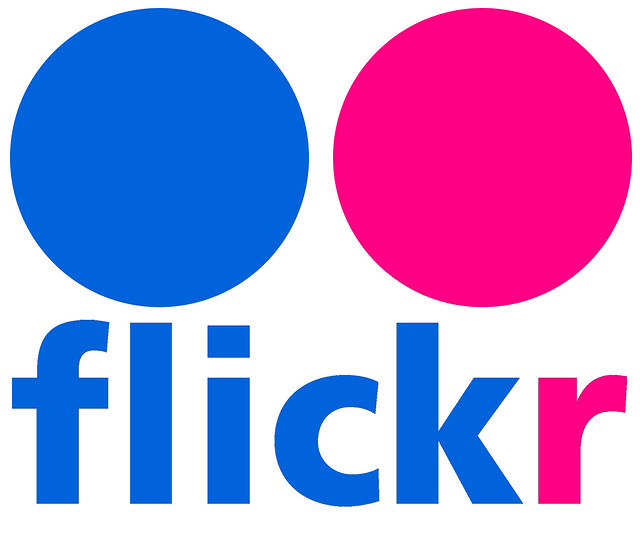What The New Flickr Redesign Taught Us

It was a long time coming, but photo sharing website Flickr finally unveiled a new look. But for a brand that grew from developing a loyal community, it has been divisive.
Of course, a major overhaul of a well-known property was not going to please everybody, and users are always quicker to attack the bigger names. But the wave of complaints would suggest it cannot be called a success just yet.
But what can we learn from it?
1. Talk to your users
Flickr started life as one of the early social networks. The concept was about sharing - everything was about conversation and yet it seemed the team forgot about the importance of engaging with those very users who helped build the brand.
People have been demanding change for years, best summed up by the petition imploring Marissa Mayer from parent company Yahoo to “please make Flickr awesome again."
I'm a big believer in the importance of UX testing, but this seems to be where Flickr has fallen short, unleashing the new interface on a largely unsuspecting user base.
Of course, the company is now listening and made a big point of underlining this when opening the floor to feedback (which incidentally they shortly closed due to “lack of activity”), saying on the support forum:
“Hello again everyone. We've made some big, giant changes to the site, and it will take some getting used to. We are listening, and value what you all have to say.”
But is it too little, too late? You don’t need to scroll too far down the feedback for one that captures the mood:
“Would have been a really nice thing to ask 'before' changing it?”
2. Keep up with technology
When Flickr launched, it was a photo-sharing community for desktop computer users. Clearly times have changed. High-resolution monitors and laptops, not to mention the explosion in mobile devices, mean that viewing images in the highest quality possible is now essential to the user experience. It is crucial that your brand adapts its content for the web and all the developments that come with it.
"We really wanted to take a step back and put the photograph at the centre," said Yahoo’s Jennifer Davies, and clearly the modern technology that site visitors now use has been screaming out for such a change.
Apps for both Android and iPhone have played a big part in inspiring the ‘clean’ look of the new site, although an iPad app is sadly lacking so far. The new site displays well on tablets but launching before the native tablet app poses an interesting question – go to market with your ducks in a line or launch as soon as possible and then iterate?
3. You can’t be all things to all people
The web is a big place and it moves fast. Flickr was once the go-to place for photography but in failing to change it has lost market share. The brand needed to change, that much was clear, but it seems that their branding idea now is to go after everyone who has access to any device for taking photos, which is, well, everyone.
Flickr has taken to social media in order to spread the word, but this tweet seems to sum up their catch-all approach which is where Flickr’s rebranding mission looks destined to fall down through its lack of clarity:
“To our pros, hobbyists, snap shooters & film freaks. Our students, naturalists & travelers. Our dads, sisters & friends. We love you all.”
Friends snapping quick pics on their iPhones make for an entirely different market to professionals wanting to exhibit their income-generating portfolio, these mixed signals from Flickr won’t help it convince either group. Not every brand can be a Facebook.
4. Be upfront about your failures – and your features
Nobody would expect a rebranding exercise to focus on the negative. The 1 terabyte of free storage is a fantastic headline feature and a big improvement on the previous plan of 200 photos free. But it didn’t take pro users long to figure out that the Pro plan had been ditched in favour of two new paid-for programmes, Ad Free and Doublr.
Ad Free (which, has the name suggests, is the only way to use Flickr without adverts) costs twice as much as the old Pro subscription at $49.99 a year, while the Doublr is $499.99 per year.
Pro users got vocal and rejected it, while any attempt to bury increased charges is never going to fool a web savvy audience.
Ditching the ‘Pro’ label says a lot about what direction Flickr is going in. Web users need speed and transparency, an at-a-glance guide to the key features and costs are essential for getting users on board.
5. Maintain a consistent message
A large chunk of its user base – professional photographers – have not embraced Flickr's relaunch.
The site was never the place for tagging your friends or sharing amusing photos of cats. Yes, it provides a platform for that, but it was primarily used by pros as a place to build up a portfolio for sale and syndication.
But in attempting to align itself with Instagram as an ‘instant’ image gratification portal, it may have alienated those core users who built its community in the first place
In choosing looks over functionality, the new Flickr is trying to realign its brand and in so doing has irked a large number of its members.
Photo (cc) Flickr

